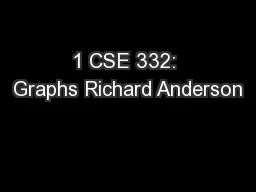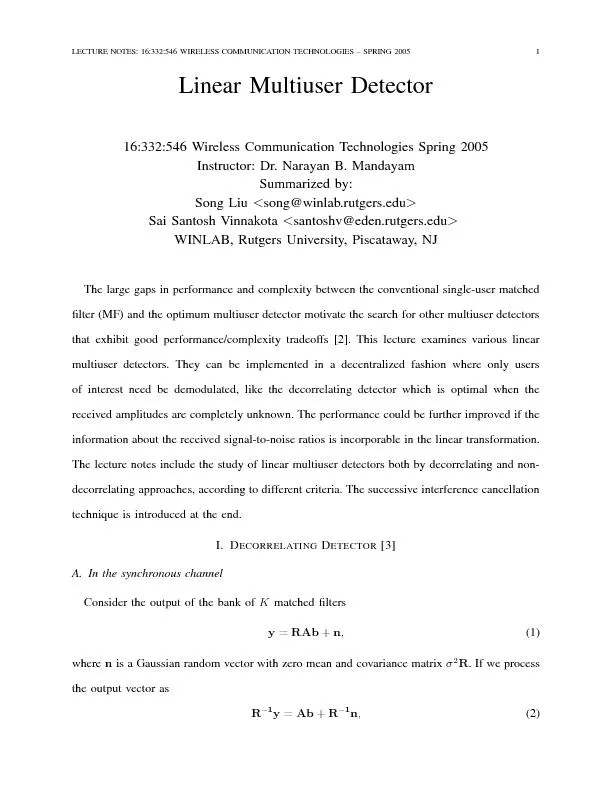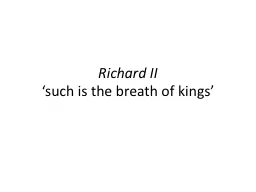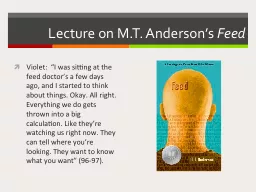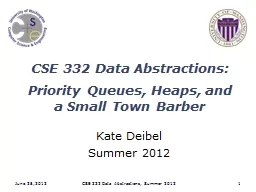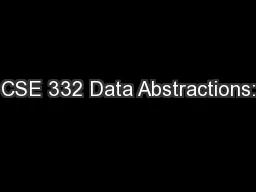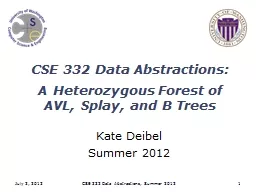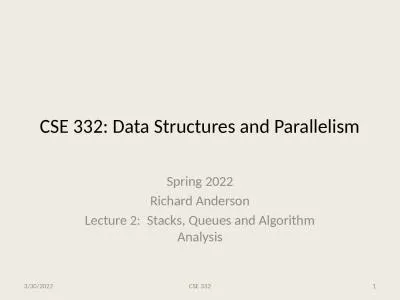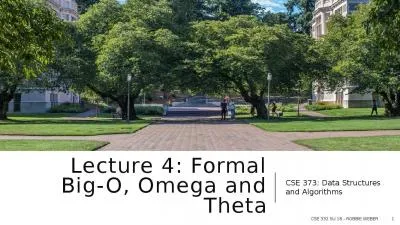PPT-1 CSE 332: Graphs Richard Anderson
Author : grewhypo | Published Date : 2020-06-17
Spring 2016 2 Announcements This week and next week Graph Algorithms Reading Monday and Wednesday Weiss 9193 Guest lecture Paul Beame 3 Graphs A formalism for representing
Presentation Embed Code
Download Presentation
Download Presentation The PPT/PDF document "1 CSE 332: Graphs Richard Anderson" is the property of its rightful owner. Permission is granted to download and print the materials on this website for personal, non-commercial use only, and to display it on your personal computer provided you do not modify the materials and that you retain all copyright notices contained in the materials. By downloading content from our website, you accept the terms of this agreement.
1 CSE 332: Graphs Richard Anderson: Transcript
Download Rules Of Document
"1 CSE 332: Graphs Richard Anderson"The content belongs to its owner. You may download and print it for personal use, without modification, and keep all copyright notices. By downloading, you agree to these terms.
Related Documents

